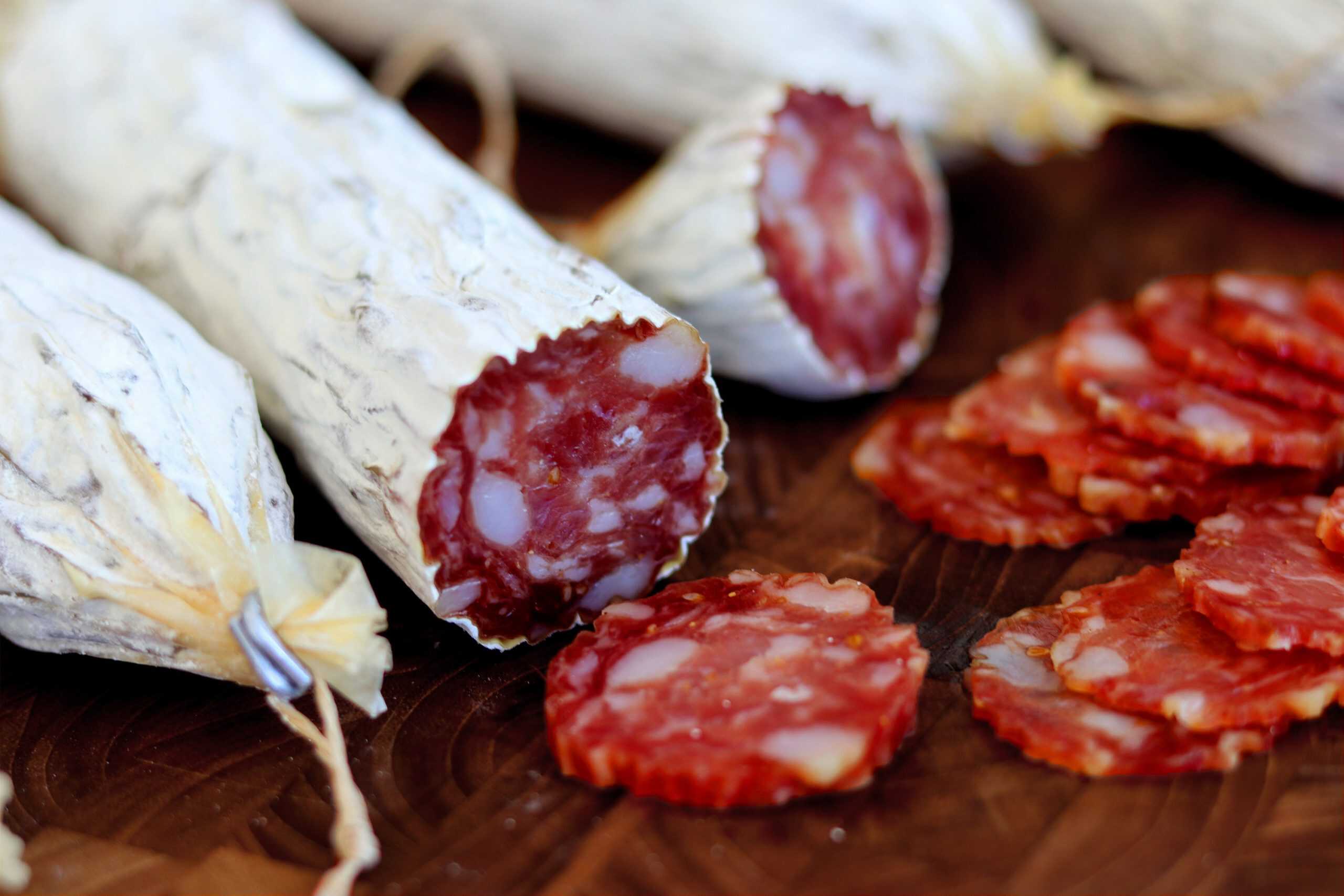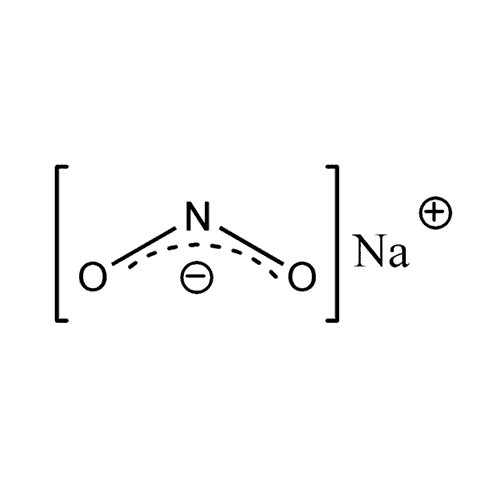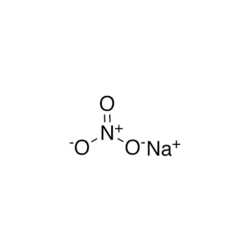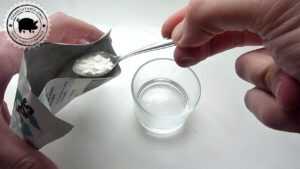
Curing salts, composed of nitrite (NO2) and nitrate (NO3) salts, are additives used in meat products due to their multiple action, which includes inhibition of microbial growth, especially clostridium botulinum, retardation of oxidation, flavor production and cured meat aroma and color stabilization. However, under certain conditions, some studies indicate its carcinogenic potential.


Is it possible to replace curing salt?
An alternative, which does not replace the use of the chemical compound itself, but which makes use of alternative natural sources, is the use of vegetables rich in nitrate, such as celery, spinach, beetroot, acerola and cherry powder. These are some natural alternatives to the use of industrial curing salts. However, residual nitrate (NO3) in products added from plant sources rich in nitrate may be higher than in products added from industrial curing salt, as the nitrate content in vegetables is high (e.g. 27,000 ppm in celery ). Therefore, it is more difficult to determine the exact amount in the product. In this case, to reduce high residual levels, it is important that the use of plant sources of nitrate is accompanied by the addition of NO3-reducing bacterial cultures, especially those from the Micrococcaceae family (Micrococcus sp. and Staphylococcus sp.) and/or lactic acid bacteria ( Lactobacillus sp.).
Reducing or replacing curing salts in sausages can have an impact on microbiological safety. In this sense, it is recommended to associate these actions with other strategies that control microbial growth, such as the use of natural antimicrobials and bioprotective cultures. The latter, in addition to inhibiting unwanted microbial growth, can also have a beneficial probiotic effect.
Antimicrobials from plant sources and bioprotective cultures
Among the natural antimicrobials from plant sources for application in meat products, the essential oils of aromatic plants stand out, obtained from the bark, leaves, flowers and seeds and consisting of a mixture of phenolic compounds as basic active ingredients (terpenes, terpenoids and phenylpropanoids). ). EOs have good antimicrobial capacity and are generally used in combination, obtained from different plant species. A challenge for adding EOs is affecting the product sensorially. A simple solution is the selection of EOs from spices or condiments commonly used in the product formulation, such as, for example, garlic essential oil (allicin) in sausages and salami and cinnamon oil (cinnamal dehyde) and mint (menthol) in kibbehs. .
Bioprotective cultures
Bioprotective cultures are microbial cultures (starter cultures) capable of inhibiting unwanted microbial growth, through competition or production of antimicrobials, such as bacteriocins, acids, hydrogen peroxide, ethanol, diacetyl, propionates and fatty acids. To minimize adverse effects on the sensorial and physicochemical characteristics of the meat product, part of the natural microbiota of the food matrix is usually used as bioprotective cultures.
In meat products, the main bioprotective cultures used belong to the group of lactic acid bacteria, such as Lactobacillus, Lactiplantibacillus, Bifidobacterium, Lactococcus, Enterococcus and Pediococcus. However, more recently, other genera such as Carnobacterium and Weissella have been proposed due to their ability to produce bacteriocins and have been effectively applied to meat products for action against Listeria in cooked ham and Salmonella in turkey meat.
The use of protective cultures that also have probiotic functional properties is another interesting strategy to give meat products, in addition to microbial protection, beneficial effects for the consumer.
Probiotics
Among meat products, the use of probiotics is promising, especially in raw fermented products, such as salami, as they are ready for consumption and do not require prior heat treatment. However, probiotics must be able to maintain their viability under processing conditions (presence of NaCl and curing salts, acidity, low water activity) and storage and cause minimal change in the characteristics of the product.
Conclusion
Scientific studies have proposed viable strategies to meet the growing demand for healthier and more functional products, which are gradually being known and adopted by the industry, but there is still no single substitute that combines all the functionalities of curing salt. It is possible to adopt different strategies to mitigate its absence or reduction. If you plan to reduce or exclude curing salt, do your research and include functional ingredients and bioprotective cultures to ensure the quality and safety of your products.




